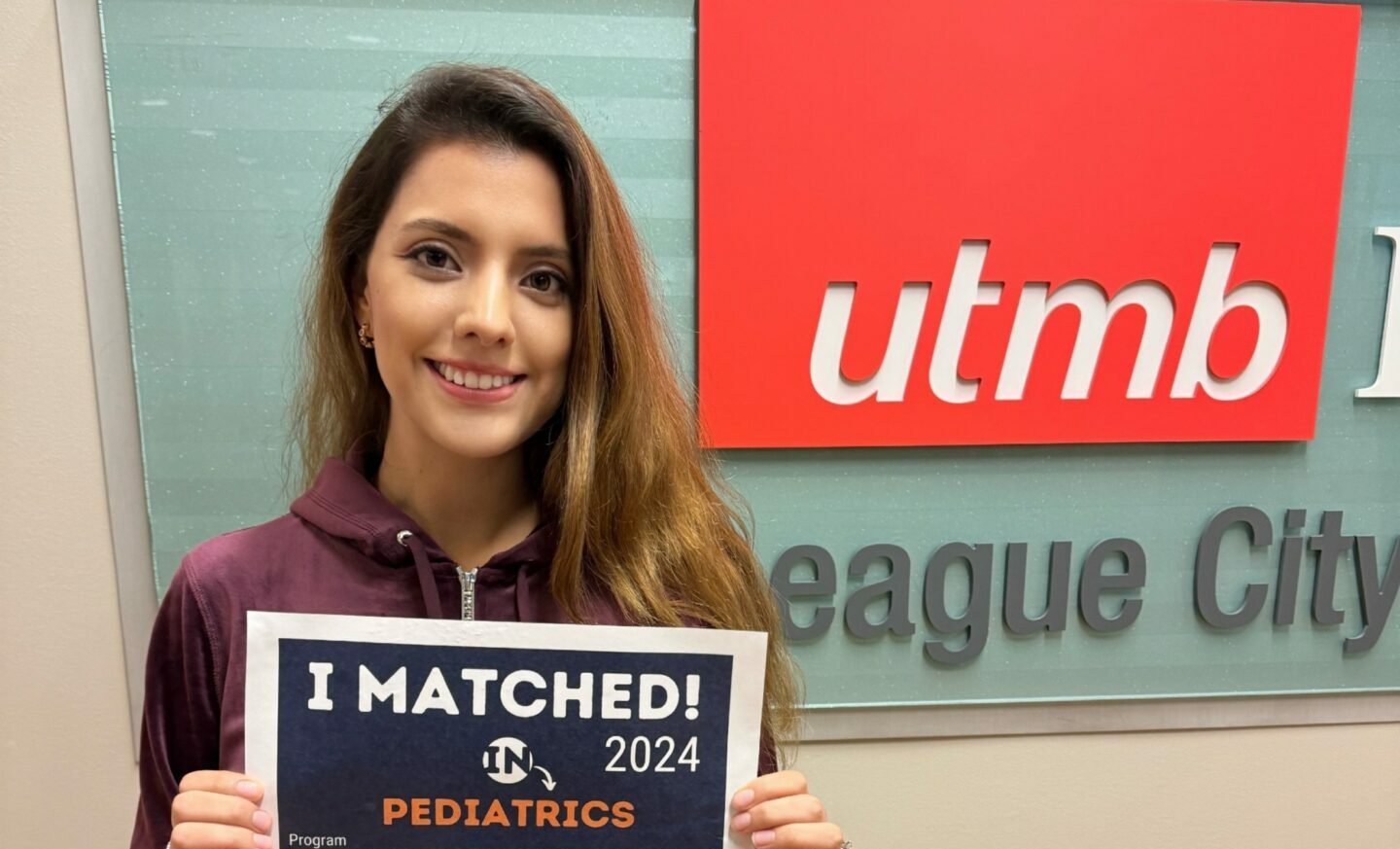When many people in the U.S. envision going to the doctor, they don’t generally picture that being inside of a hospital. Healthcare in the U.S. across a variety of specialties is largely conducted in an outpatient setting. This is a reflection of advancements in technology coupled with cost-saving strategies, but it also aligns with the evolving preferences of patients who seek convenience and efficiency in their healthcare experiences. As the healthcare industry adapts to these changes, it’s imperative that clinical training for medical students and residents evolves similarly to prepare future healthcare professionals for the realities of modern medical practice.
The Shift to Outpatient Care: A Closer Look at the Data
Recent studies and reports have highlighted a notable trend towards outpatient care. For instance, a report by Blue Cross Blue Shield revealed that between 2010 and 2014, outpatient procedures for specific treatments like hysterectomies and lumbar/spine surgeries saw significant increases, from 36% to 64% and 61% to 82% respectively. This shift not only reflects advancements in clinical procedures, allowing for more outpatient treatments, but also underscores the growing cost advantages of outpatient care. Outpatient hysterectomies, for example, can offer considerable cost savings, with the average cost difference between inpatient and outpatient settings rising significantly over the years.
The future of healthcare delivery is leaning heavily towards outpatient care, as supported by a Deloitte Insights analysis. Between 2011 and 2018, hospital outpatient revenue grew at a higher compounded annual rate (9%) compared to inpatient revenue (6%), with the outpatient share of total hospital revenue expanding from 28% in 1994 to 48% in 2018. This trend is a clear indicator that the healthcare industry is moving towards a model that prioritizes accessibility, efficiency, and patient-centered care.
95% of health leaders surveyed in a Guidehouse and Healthcare Financial Management Association report anticipate an increase in outpatient volumes, with 40% expecting jumps of 10% or more. This consensus among health leaders further validates the ongoing transition towards outpatient care, driven by factors such as technological advancements, patient preference for convenience, and the push towards value-based payment models.
Clinical Training Must Evolve
Despite this clear trend towards outpatient care, many medical schools and training programs remain focused on traditional ward-style training. While inpatient care experience is undoubtedly valuable and necessary for a comprehensive medical education, the overemphasis on this setting may not fully prepare medical students and residents for the future of healthcare delivery.
To address this gap, there is a pressing need for clinical training to incorporate more outpatient experiences. These settings offer unique opportunities for personalized, real-world training that can equip medical students and residents with the skills and knowledge needed to thrive in a healthcare landscape that increasingly favors outpatient care.
The benefits of outpatient clinical training are manifold. It exposes trainees to a diverse range of patient populations and conditions, fosters a deeper understanding of preventive care and chronic disease management, and cultivates skills in patient communication and coordination of care. Furthermore, training in outpatient settings can enhance learners’ ability to practice medicine in cost-effective, patient-centered ways that align with the evolving expectations of patients and payers alike.
Forward-Thinking Medical Education
As healthcare continues to evolve, so must the approach to medical education and training. By integrating more outpatient clinical experiences into training programs, future healthcare professionals can be better prepared to meet the needs of their patients and navigate the complexities of modern healthcare systems. Embracing this change requires a collaborative effort among medical schools, healthcare systems, and outpatient care providers to create opportunities for immersive, hands-on learning outside the traditional hospital wards.
Dr. Ryan Palmer, AMOpportunities Vice President for Clinical Education has been leading the charge on innovative solutions to provide access and equity to healthcare learners through a variety of immersive patient care settings. He had this to say about preparing healthcare students for the future; “Incorporating things like outpatient and virtual clinical training is not just about adapting to the present; it’s about being forward-thinking and preparing for the future of healthcare delivery. By doing so we can ensure that the next generation of healthcare professionals are ready to provide high-quality, patient-centered care in whatever setting their patients may need it”.







Leave A Comment